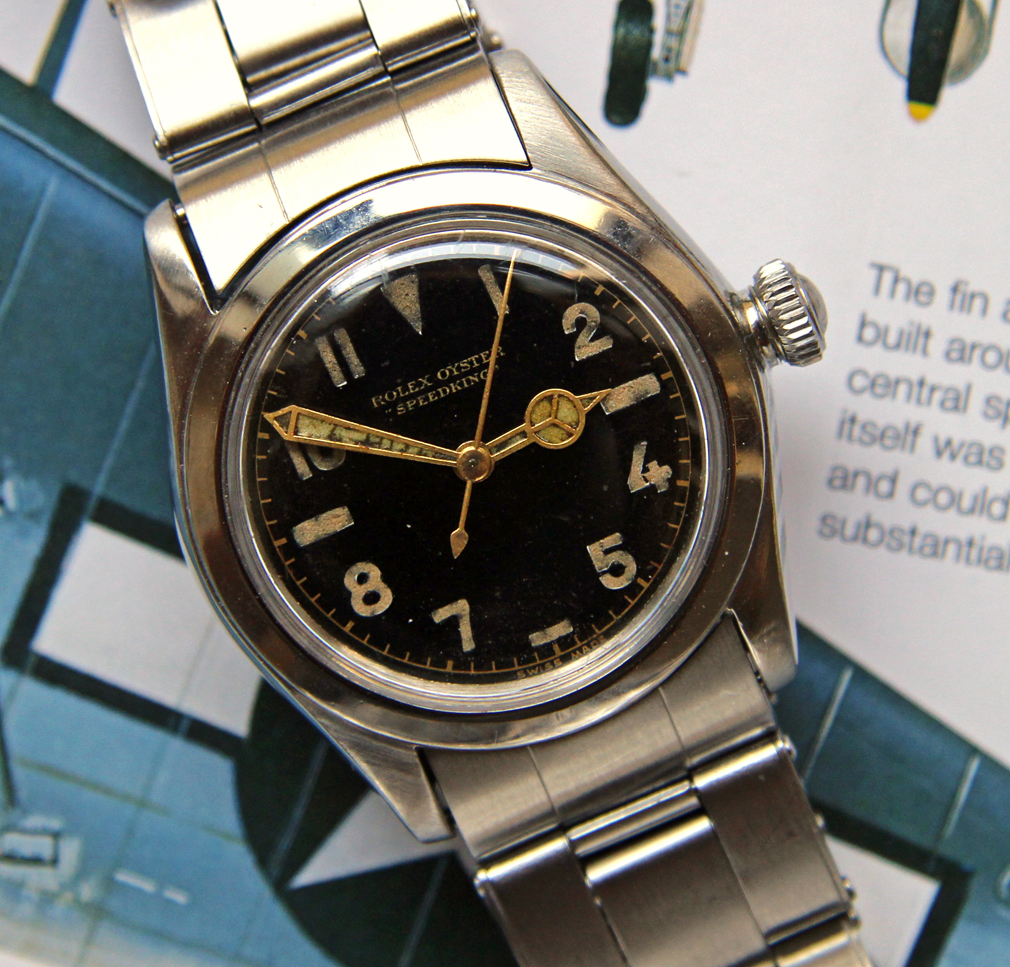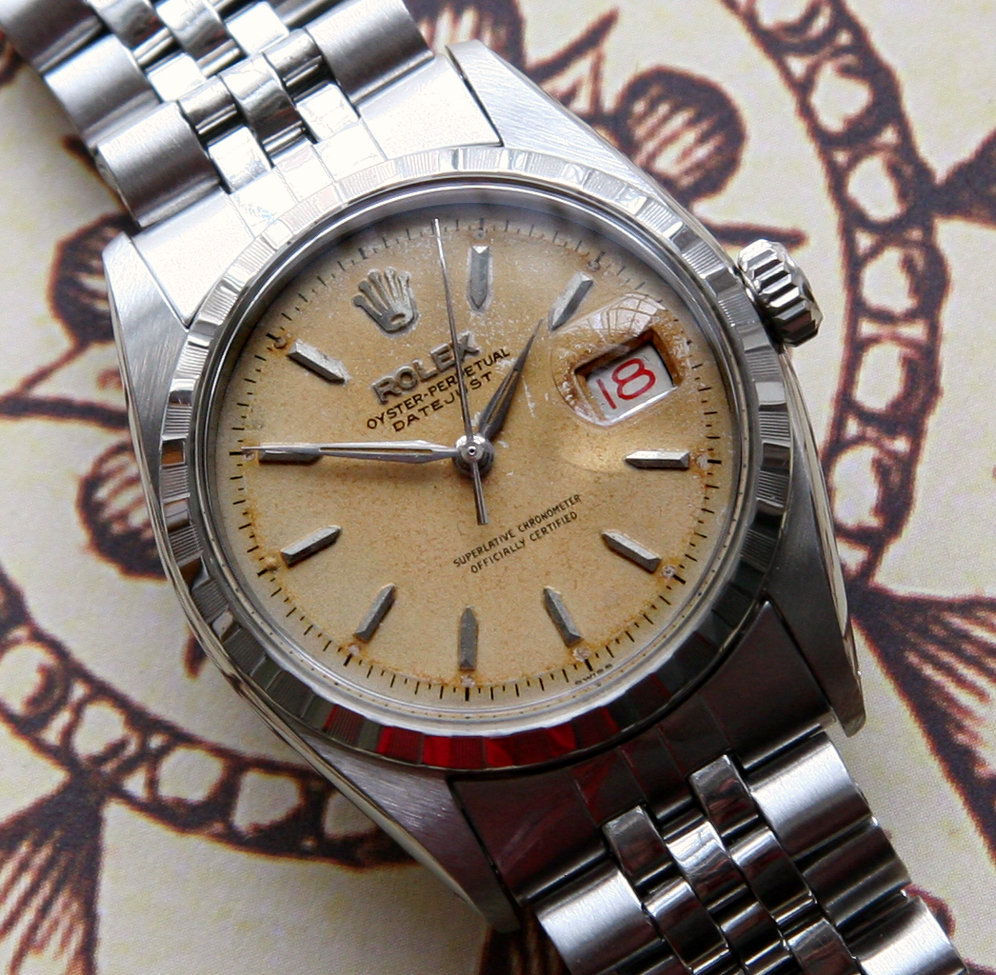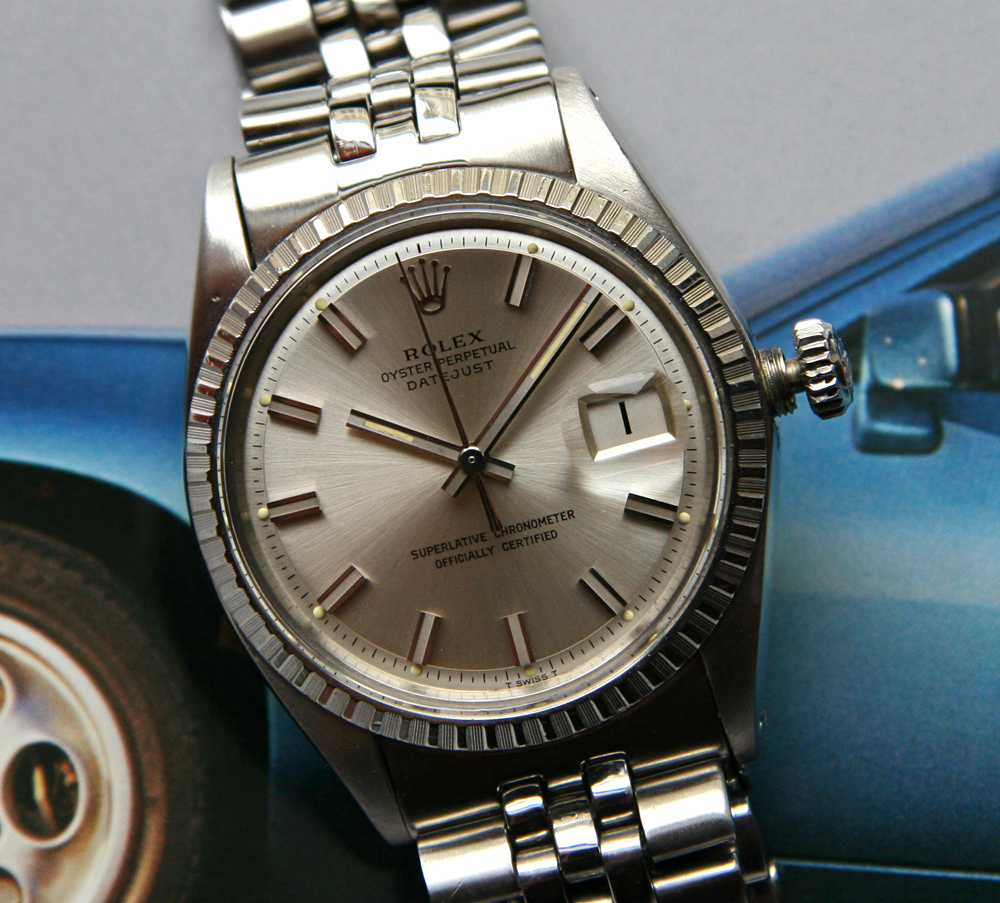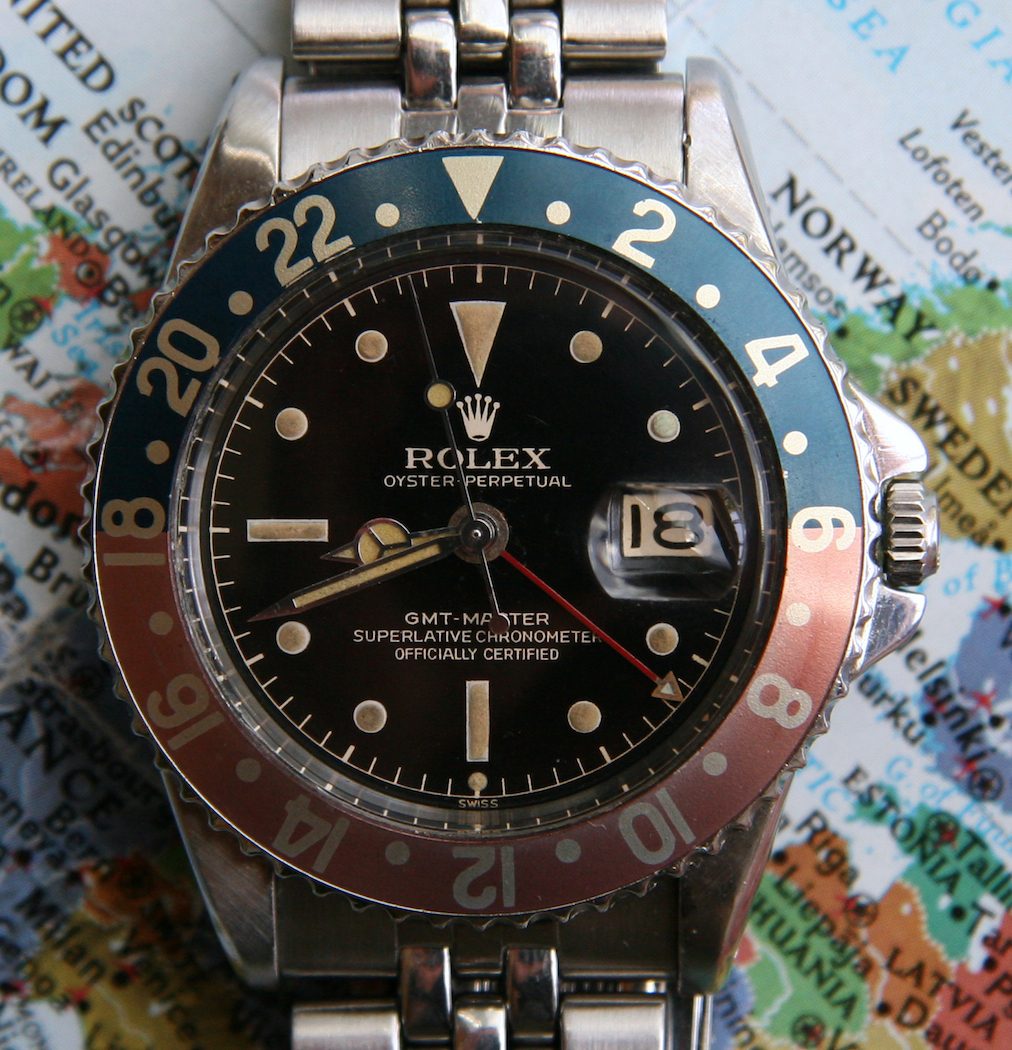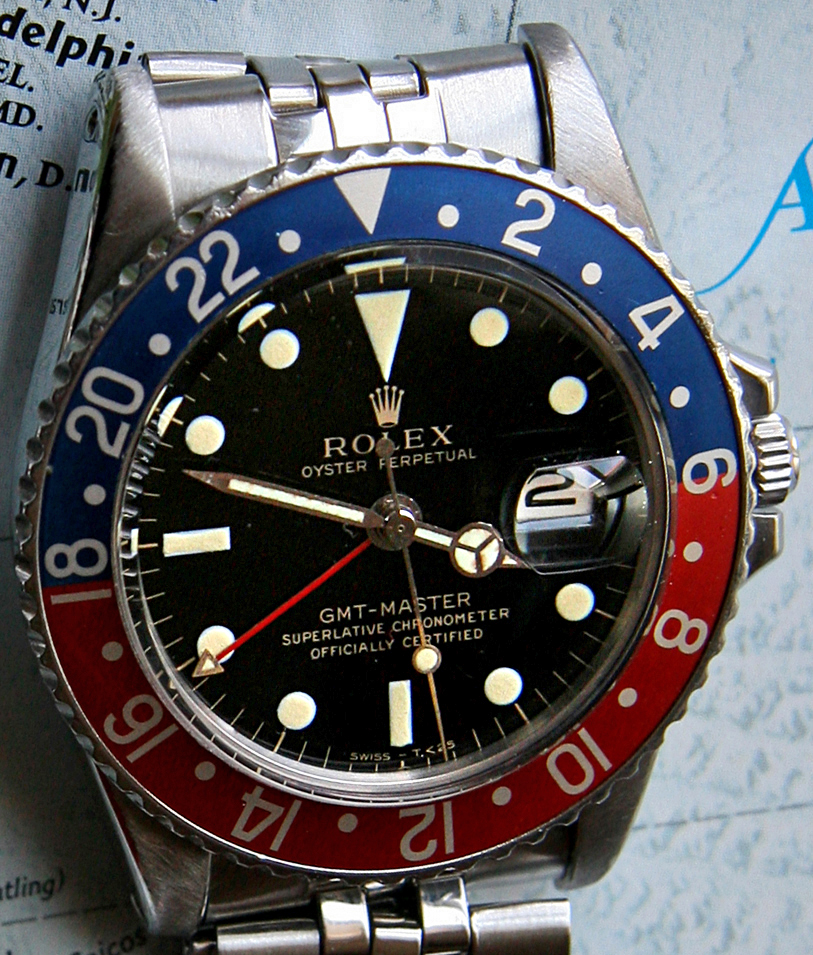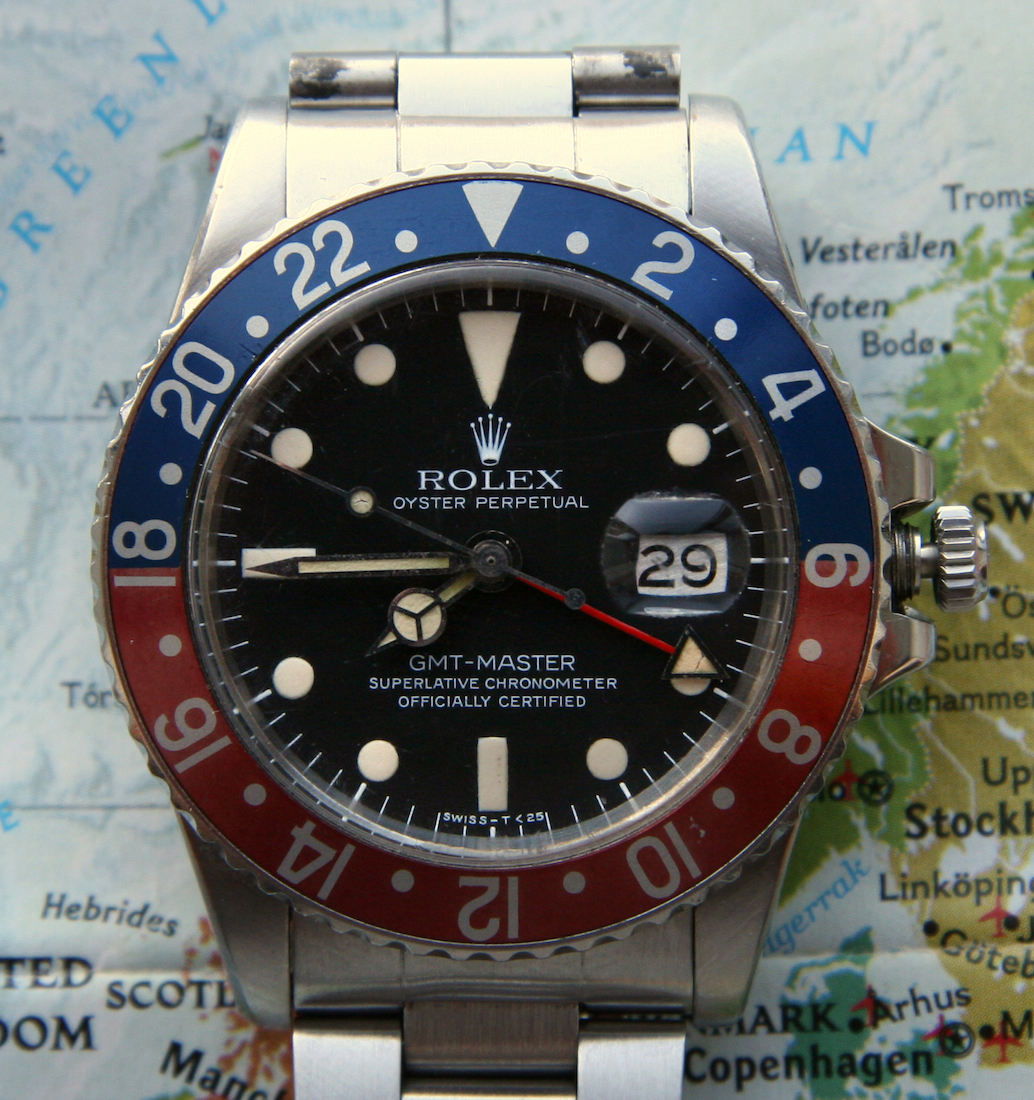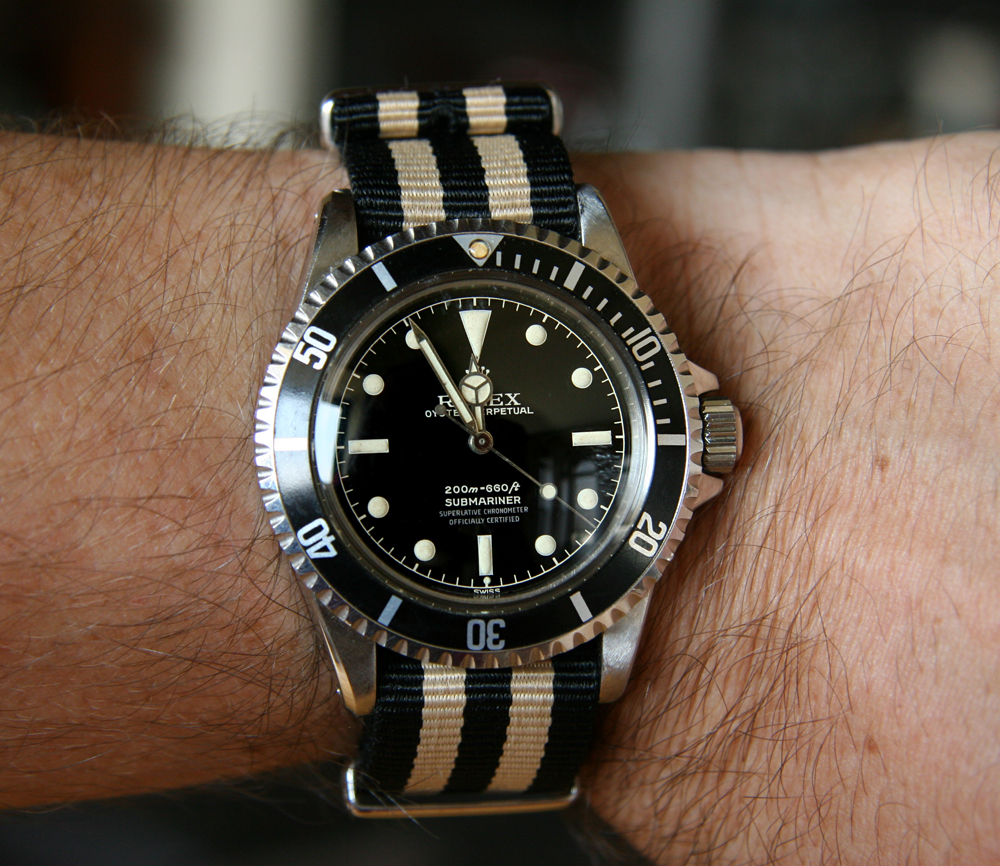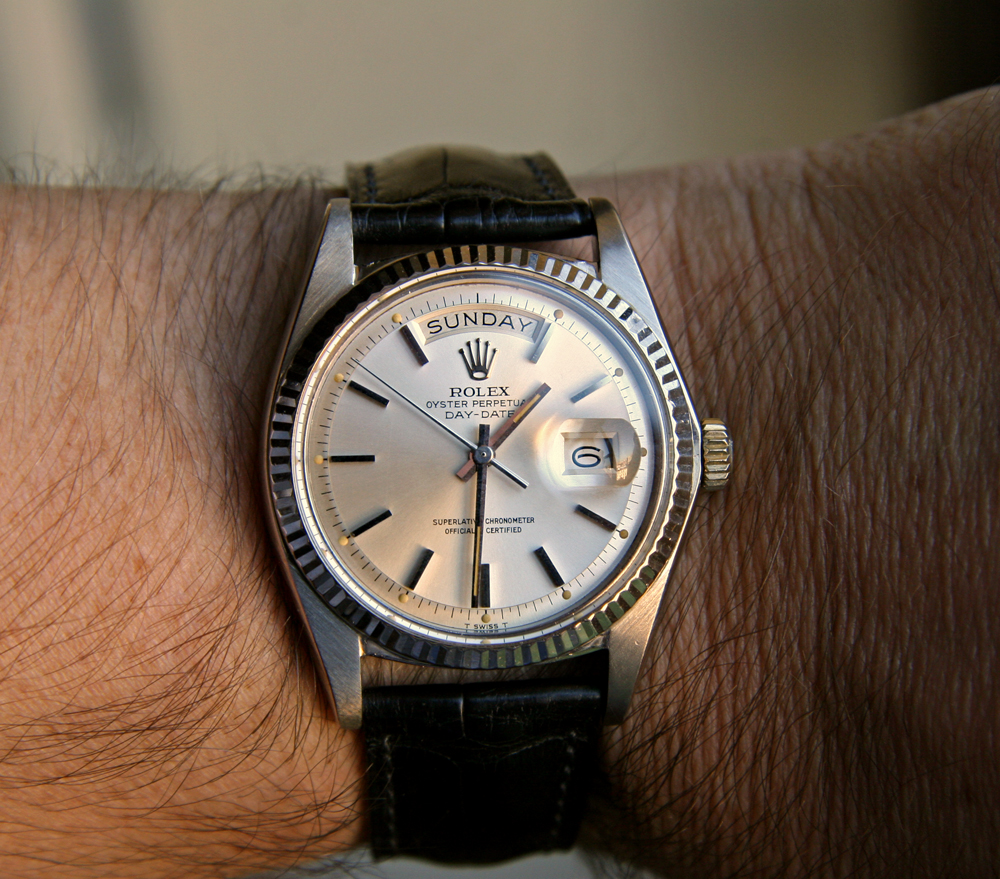Rolex is at once one of the most innovative companies and also one of the most deliberate. Because of Rolex’s conservative approach to changing their watches over the decades you can trace a straight line from the last of the plastic crystal Explorers in the 1980s, for example, back to the Oyster watches they produced in the 1940s. The designs are really quite similar even if some cosmetic things like the dimensions of the watches changed over time.
A Datejust from the 1950s looks relatively similar to a Datejust from the 60s, 70s or 80s.
And this creates a very comforting and satisfying continuity, the shared heritage of a Rolex Oyster’s ancestry always being present in the next iteration. But–and as a vintage collector this is what hooked me–despite the similarities, there are myriad very small differences. Learning about these subtle changes, sometimes as small as the font on a dial, is the fascinating part of Rolex collecting, as well as often being crucially important to the value and authenticity of a given example. There are subtle changes to the cases of the same references, minor variations in the dials that occur over time or relatively quickly in reaction to innovations or regulations, changes to the pattern or knurling of a bezel, the size of the numbers or the colors on the insert.
Knowing how to look for these nuances, learning what they are and then figuring out where they fit chronologically in the sequence of production makes the study of Vintage Rolex both bottomless and thoroughly satisfying intellectually. And the fact that you can really only do this with a collaborative approach among collectors makes it unique, as well. Vintage Rolex enthusiasts may get a rap as megalomaniacal obsessives but in my experience they are the most open to sharing their knowledge, the most helpful to the inquiring and by far the most detailed and self-documenting students of a brand whose corporate hierarchy is loathe to share any official information about their past. In short, almost everything we know about Vintage Rolex minutiae we’ve had to put together ourselves (with the big time help and jumping off points of essential reference material like The Best of Time by Dowling & Hess and Vintage Rolex Sports Models by Skeet & Urul). That sort of group research and theory-testing is also immensely satisfying, particularly when you see previously confusing phenomena begin to come into focus as a result of everyone putting their heads together.
But the best part, of course, is that with such a historically significant and innovative manufacturer, there is a Rolex for every taste or mood and wearing them is a much more fun and enjoyable thing to do with your money than socking all of it away in a bank.
A beautiful watch on your wrist is the best way to measure our endless numbered days. And frankly, there are few more beautiful watches than a vintage Rolex.
And there are few better places to discuss them then on the Vintage Rolex Forum. If you have an interest in the history of the brand, I hope to see you there.

